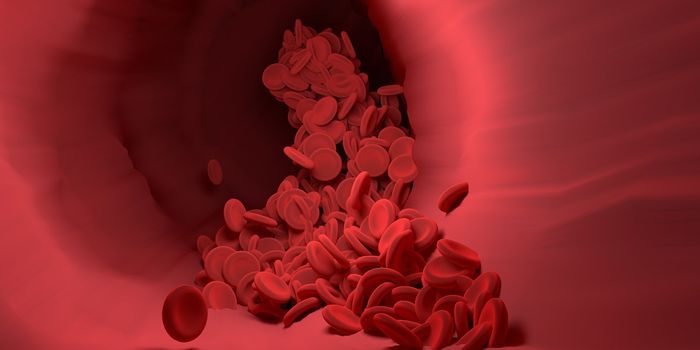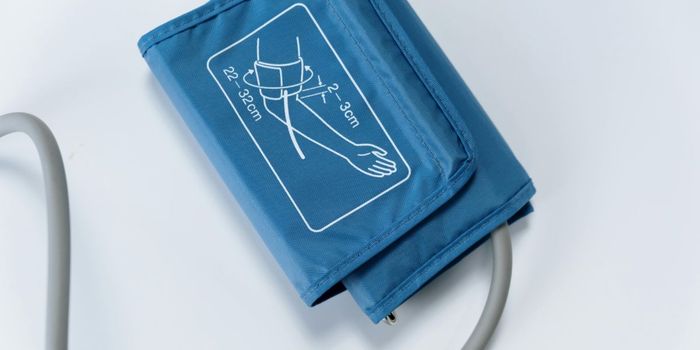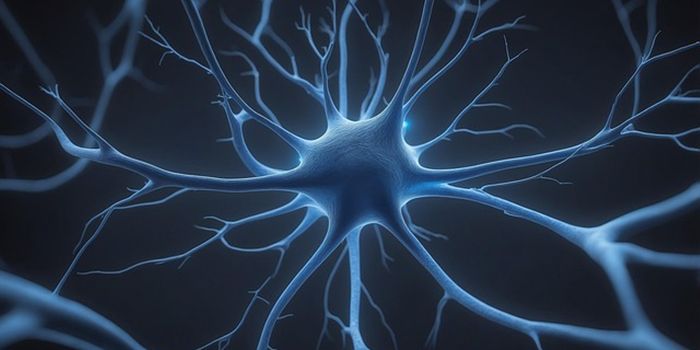Extreme Noise Annoyance Triggers Atrial Fibrillation
A new study is the first to examine the relationship between noise pollution and heart arrhythmias. While this environmental factor has already been investigated in the context of vascular disease, the newest research from Johannes Gutenberg University Mainz shows how noise annoyance increases the risk of dangerous arrhythmias.
Aircraft noise is the most common source of reported extreme noise pollution, others being road, rail, and neighborhood noise. The new study showed that the incidence of atrial fibrillation increases by 23 percent as a result of reported extreme noise annoyance, compared to a 15 percent increase without this factor.
"We have already been able to prove the connection between noise and vascular disease in several studies in healthy volunteers and patients with established coronary artery disease as well as in in preclinical studies,” explained senior author Thomas Munzel. “To date, there has been no explicit study being published which addresses to what extent noise annoyance can cause cardiac arrhythmia.”
Atrial fibrillation is the most common type of arrhythmia, characterized by a “quivering” or irregular heartbeat that can lead to blood clots, stroke, and heart failure. This type of arrhythmia impacts the lives of nearly three million Americans. In atrial fibrillation, the atria beat irregularly, preventing adequate blood flow into the ventricles and to the rest of the body.
Noise annoyance is defined as the response to noise pollution, such as anger, sleep disruption and subsequent exhaustion, and stress. The researchers from the present study describe noise annoyance as an indicator of which environmental noise levels are considered significant or unacceptable and harmful to health.
"The relationship between noise annoyance and atrial fibrillation is an important finding that may also explain why noise can lead to more strokes,” Munzel said. “However, one must not forget that noise also leads to damage to health without the need for an anger reaction.”
Using data from at least 15,000 men and women from the Gutenberg Health Study, researchers asked participants to rate how much they had been “harassed” in recent years by various environmental noises. Participants distinguished between noise annoyances during the day and at night. Their responses were recorded using standardized questionnaires.
Researchers observed that increasing noise annoyance was associated with a significant increase in the frequency of atrial fibrillation. Only 15 percent of study participants reportedly experienced zero noise annoyance.
"The study shows for the first time that noise annoyance caused by various noise sources during the day and night is associated with an increased risk of atrial fibrillation," explained study leader Omar Hahad. "Overall, we were able to demonstrate a stronger influence of annoyance caused by nocturnal noise on the heart rhythm."
The present study was published in the International Journal of Cardiology.
Sources: American Heart Association, Johannes Gutenberg University Mainz









